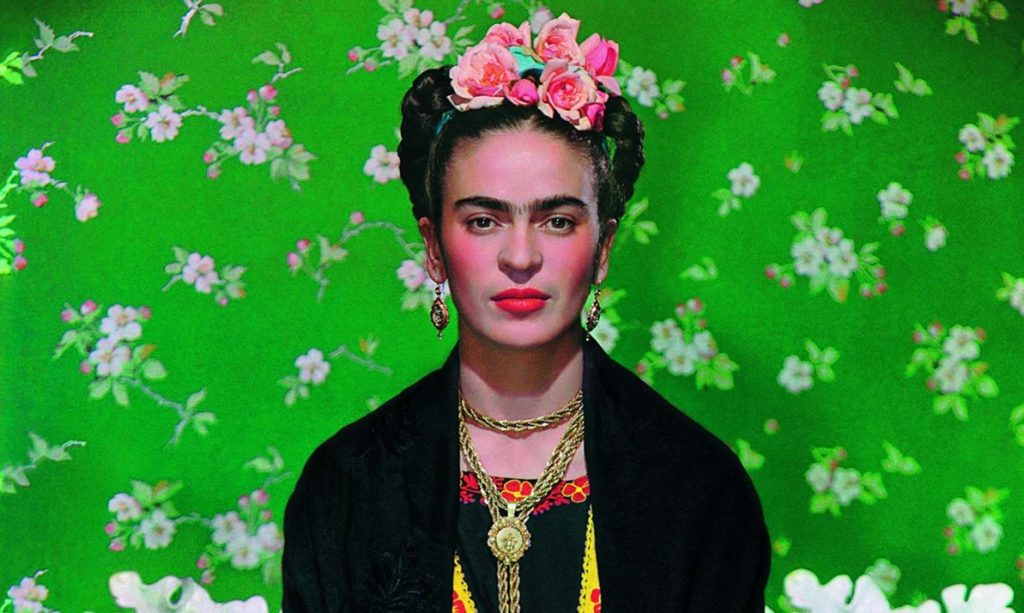The world has been lit by female artists’ work’s beauty, depth, and endurance, ranging from Renaissance classics to modernist inventions. Their male colleagues’ imposing appearance has frequently eclipsed women’s achievements. However, tucked away at the edges of this tale are the tales of extraordinary women who broke glass ceilings, disregarded social conventions, and made a lasting impression on the canvases of human creation.
With their paintings, sculptures, and imaginative visions, they broke free from norms, discovered uncharted territories, and cleared the path for further artists.
Mexican painter Frida Kahlo (1907–1954) is renowned for her powerful self-portraits and ties to the Surrealist movement. Magdalena Carmen Frida Kahlo y Calderón was born in Mexico City’s Coyoacán neighbourhood. Recognized for her remarkable artwork, unwavering energy, and significant impact on the art industry, Frida Kahlo enthrals and motivates viewers around. The paintings of Frida Kahlo serve as potent depictions of her artistic expression and life experiences. She used art as a way to explore her identity, Mexican background, and physical and emotional agony.
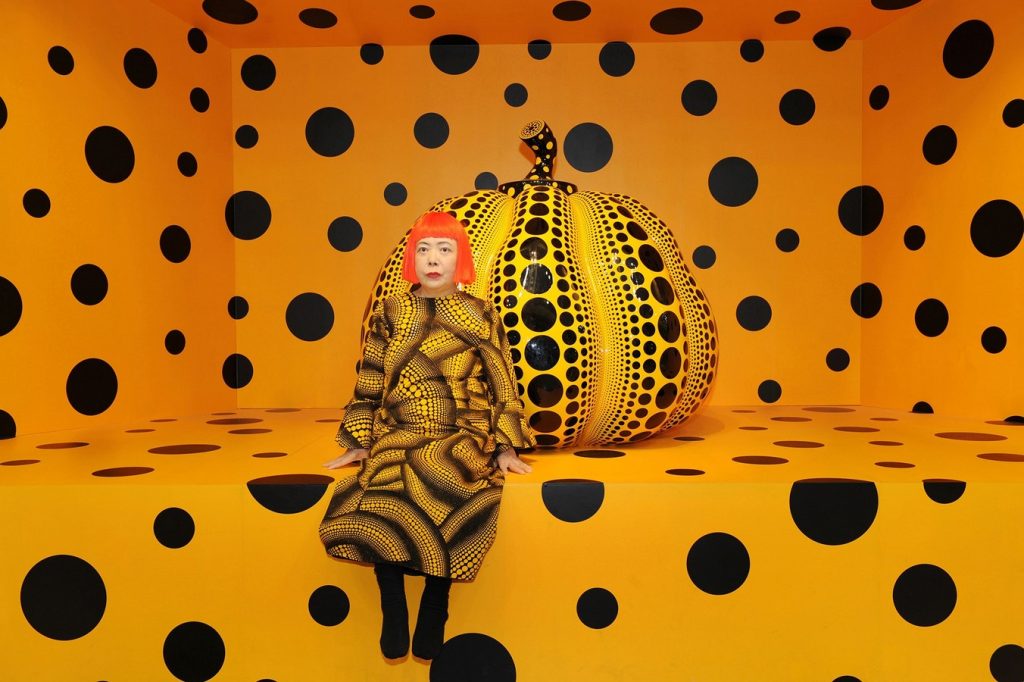
There are numerous reasons why the tale of Kusama is intriguing. She studied traditional Japanese painting techniques before relocating to New York in 1958. Inspired by American Abstract Impressionism, she joined the Avant-Garde movement, particularly pop art, and embraced hippie culture in the 1960s. She gained notoriety when she organized a series of “happenings” in which she displayed herself as brightly coloured polka dots with nude participants. Ultimately, she became the world’s most successful and best-selling living artist.
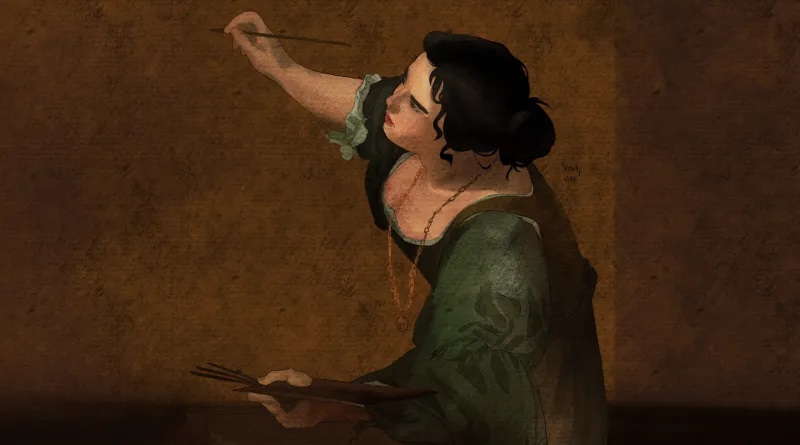
Renowned Renaissance artist Artemisia Gentileschi was born in Rome in 1593. Her intriguing and evocative paintings affected the art world, defying social standards. The focus of Artemisia Gentileschi’s paintings was the female experience. She brought biblical and mythological heroine stories to life and used art to communicate her challenges. Even now, Gentileschi’s paintings enthralled and motivated audiences because of her distinct style, distinguished by dramatic lighting and passionate people.
American photographer and director Cindy Sherman works in both fields. Her conceptual self-portraits, which examine identity and the artificial character of modern society, are her most well-known works. Critics still respect Sherman as one of the most significant and influential painters of the late 20th century. Sherman was raised on Long Island, New York, after being born in Glen Ridge, New Jersey. 1976 she graduated with a Bachelor of Fine Arts from the State University of New York at Buffalo. In the late 1970s, she started working as a commercial photographer, producing fashion and advertising photos for Harper’s Bazaar and Vogue, among other magazines.
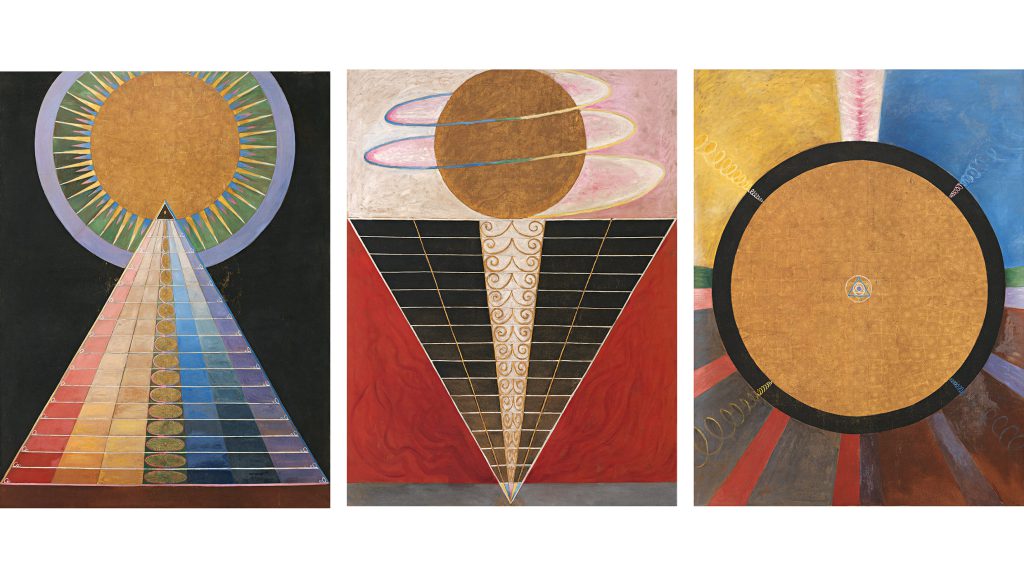
Hilma af Klint was born in Stockholm, Sweden, in 1862. She studied painting portraits and landscapes at the Royal Academy of Fine Arts in Stockholm. Af Klint became interested in spiritualism, theosophy, and other occult theories in the late 1800s. These ideas greatly impacted her artistic practice, which inspired her to investigate spirituality, mysticism, and the afterlife in her artwork. The abstract paintings Klint is most renowned for started in 1906, several years before other abstract painters like Wassily Kandinsky and Kazimir Malevich. Her spiritual views frequently influenced her attempts to depict the spiritual realm and her abstract works graphically.
American printer and artist Mary Stevenson Cassatt was a member of the Paris-based Impressionist group. Mary Cassatt’s artwork mostly centred on the private lives of contemporary women, with an emphasis on their roles as mothers and caretakers. The Pittsburgh suburb of Allegheny City is where painter Mary Cassatt was born in 1844. Her birth was fortunate because her mother, Katherine Kelso Johnston, was a banker and her father, Robert Simpson Cassatt, was a successful stock trader and real estate investor. Her parents encouraged her to take painting classes during an extended family vacation through Europe. Still, when she decided to pursue a career in the arts, they had second thoughts.
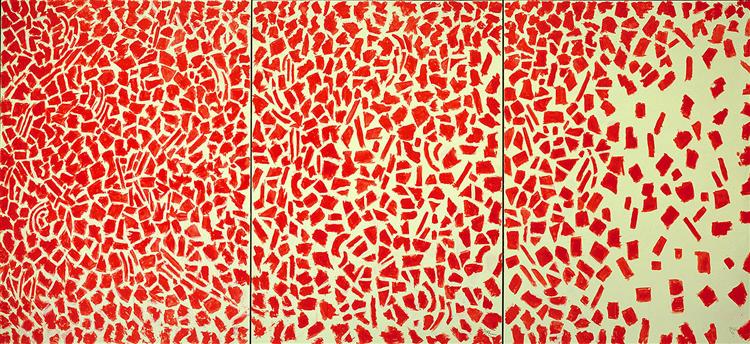
Alma Thomas was an African-American artist who persistently pushed the frontiers of colour and shape, making her mark on the annals of art history. Born in Columbus, Georgia, in 1891, Thomas started her artistic career when opportunities for African-American painters were limited. After earning a bachelor’s degree in 1924 and a master’s degree in visual arts in 1934 from Howard University, Thomas intended to pursue a career in teaching. Her early years were spent teaching art to pupils of succeeding generations, but she entirely dedicated herself to her artistic endeavours after she retired in 1960.
Serbian performance artist Marina Abramović has been working for more than 50 years. She is regarded by many as one of the most significant and influential performers. She has frequently used her body as a medium in her performances, and her works often examine issues of identity, power, and the body. Among her most well-known pieces are “The Artist is Present,” in which she spent hours sitting still in front of museum-goers, and “Rhythm 0,” in which she let audience members use things on her body in any way they pleased. Abramović pushes the limits of art and asks spectators to consider their preconceptions and views.
French-American artist Louise Bourgeois was well-known for her sculpture and installation pieces, among other media. Her art examines issues of femininity, sexuality, and the human body, frequently using organic shapes and abstract forms. The enormous spider sculptures she produced in her later years, such as “Maman,” a 30-foot-tall spider sculpture on display in numerous places across the globe, are among her most well-known pieces. On December 25, 1911, Bourgeois was born in Paris, France. Her mother’s illness and her father’s adultery marred her youth, and her parents operated a tapestry restoration business. She studied mathematics at the Sorbonne before pursuing her artistic career at the Academie de la Grande Chaumiere and the Ecole des Beaux-Arts. Bourgeois left his native country and immigrated.
Helen Frankenthaler was an American abstract expressionist painter who lived from 1928 to 2011. Frankenthaler’s most famous invention is perhaps the “soak-stain” method, which she created in the early 1950s. This entailed brushing oil paint diluted straight over a canvas that had not been primed, letting the paint seep into the cloth and produce brilliant, dreamy effects. This method, a defining feature of her style, allowed for spontaneity and fluidity in her work.
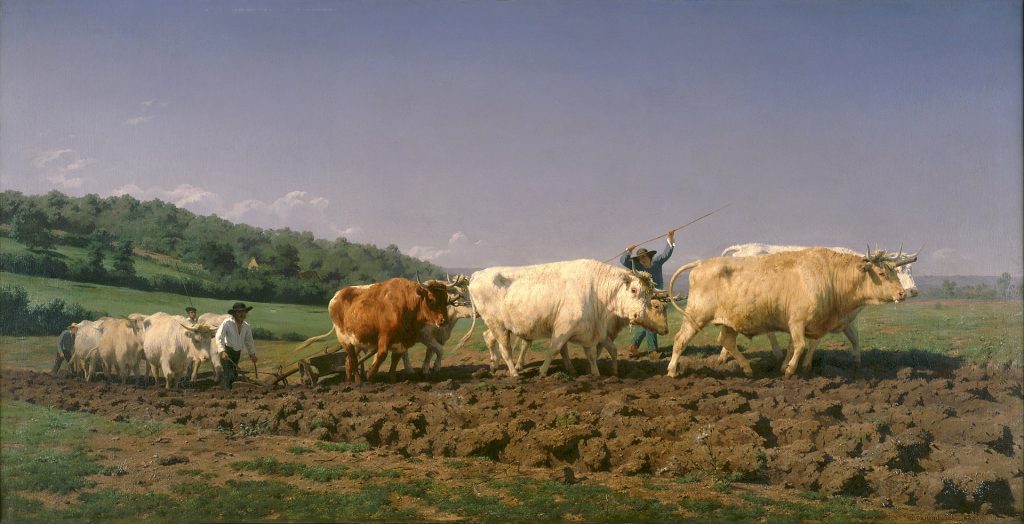
Rosa Bonheur‘s (1822–1899) legacy extends beyond those focus areas. Rosa Bonheur is today regarded as one of the most significant female artists in Western art history. After more than 40 years of living with her lesbian spouse, Nathalie Micas, she moved in with American painter Anna Elizabeth Klumpke. Rosa has had numerous exhibitions of her paintings in the Paris Salon. At age 26, she had her first Salon showing in 1848 with Ploughing in the Nivernais, and her second Salon appearance was in 1853 with The Horse Fair. Her two most famous works, Plowing in the Nivernais and The Horse Fair, are currently exhibited at the Musée d’Orsay in Paris.
American feminist artist Judy Chicago is credited for contributing to the visual presence of the women’s liberation movement in the 1970s and beyond with her intricate and targeted installations. The artist, Judith Sylvia Cohen, was born in Chicago, Illinois, and went to the University of California, Los Angeles, and the Art Institute of Chicago. She began drawing at age five, inspired by her mother, May Cohen, who encouraged her love of the arts.
Tracey Emin is a contemporary British artist known for her provocative and autobiographical artwork, often exploring themes of identity, sexuality, and personal trauma. On July 3, 1963, she was born in Croydon, England. Emin became well-known in the 1990s as a prominent member of the Young British Artists (YBAs) movement. Her work frequently combines performance art, installation elements, and candid narrative, blurring the lines between art and life.
Leading French impressionist painter Berthe Morisot played a pivotal role in the growth of the modern art movement. Her work has become legendary, and she was among the first female painters to break down barriers based on gender in the arts. The lightness and delicateness of Morisot’s work were defining qualities. She frequently employed gentle brushstrokes and pastel colours to make her paintings look dreamlike. Her use of composition and the way she created depth with light and shadow are other noteworthy aspects of her work. Her characteristic long, swift brushstrokes were employed to great advantage to portray the spontaneity of subjects like flower-filled gardens and everyday life.
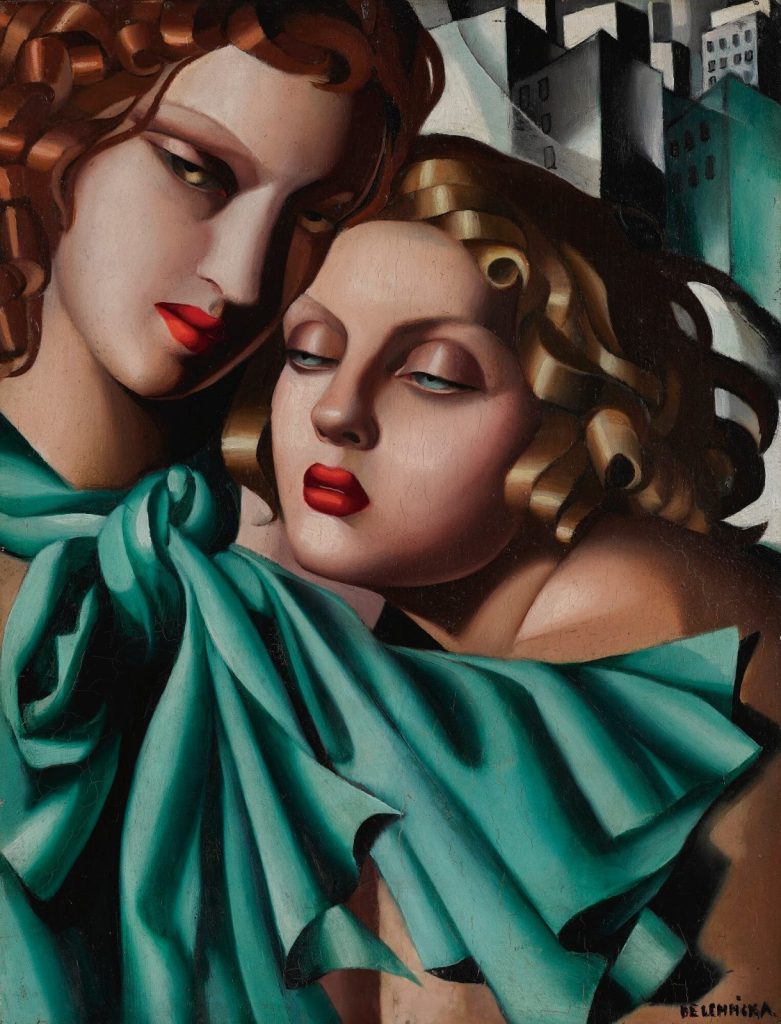
Tamara de Lempicka (1898-1980) was a Polish-born Art Deco painter known for her distinctive style and glamorous portrayals of the wealthy elite during the interwar period. On May 16, 1898, in Warsaw, Poland (which was then a part of the Russian Empire), she was born Maria Górska. When De Lempicka started her creative career in the 1910s, she was well-known for her sensual and daring portraits with opulent details, vivid colours, and sharp angles. Her paintings frequently featured graceful, self-assured people, capturing the luxury and sophistication of the Roaring Twenties.
Sofonisba Anguissola (c. 1532-1625) was an Italian Renaissance painter known for her portraits, particularly those of her family and members of the Spanish court. Local artists trained her as an artist early after being born into an aristocratic family in Cremona, Italy, in 1532. Early talent recognition made Anguissola one of the few female Renaissance artists to become well-known and thrive in a male-dominated sector. She went to Rome in the 1550s, where she studied under Michelangelo and took inspiration from other artists of the Italian Renaissance. Anguissola’s style is distinguished by her sensitive treatment of her subjects, psychological insight, and attention to detail. She frequently painted intimate situations from everyday life and portraits that remarkably realistically portrayed the personalities and feelings of her subjects.
Angelica Kauffman (1741-1807) was an Austrian-born Swiss Neoclassical painter who achieved great success and recognition during the 18th century. She was reared in Schwarzenberg, Austria, after being born in Chur, Switzerland, on October 30, 1741. Kauffman was a young prodigy who showed extraordinary artistic ability right away. Her father, muralist Joseph Johann Kauffman, gave her formal instruction in painting and drawing, and she subsequently trained with other eminent Italian artists. Kauffman’s career took off as she became more well-known across Europe. Her historical paintings, portraits, and decorative pieces, distinguished by their exquisite compositions, sophisticated technique, and classical themes, brought her notoriety.
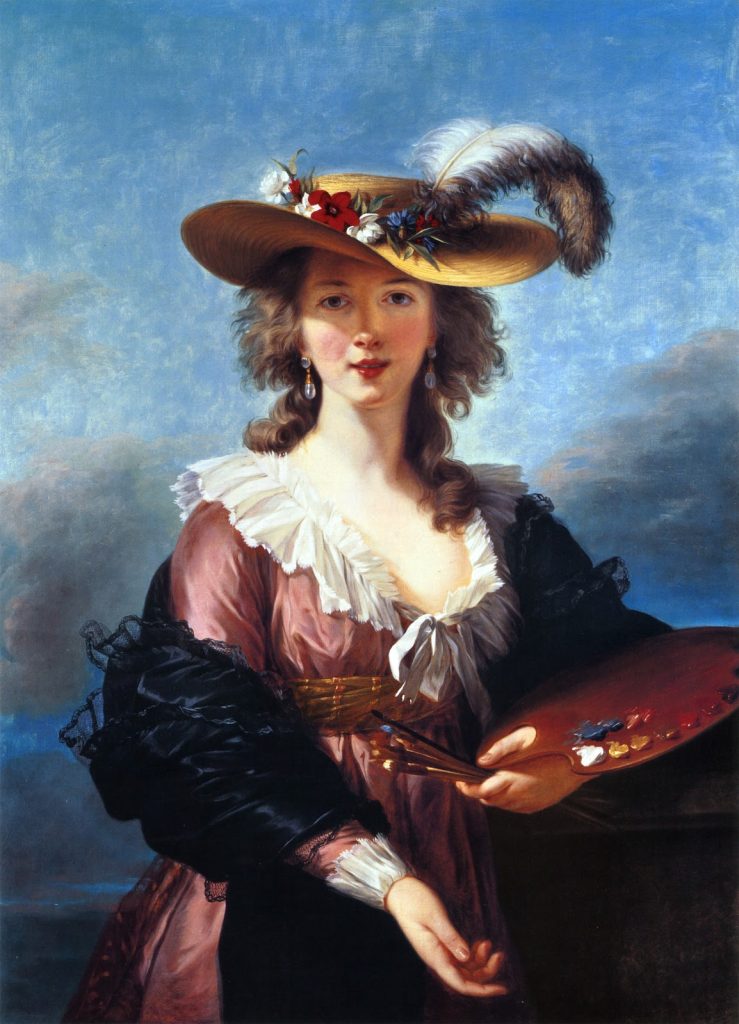
Élisabeth Louise Vigée Le Brun (1755-1842) was a French portrait painter and one of the most prominent female artists of the 18th century. She was born on April 16, 1755, in Paris, France, into a family of artists and showed exceptional talent from a young age. Early artistic instruction was given to Vigée Le Brun by her father. She subsequently trained under some of the most eminent artists of the day, such as Joseph Vernet and Gabriel François Doyen. Her portrait painting abilities soon became well-known, and at 19, she was accepted into the Académie de Saint-Luc. During the reigns of King Louis XVI and Queen Marie Antoinette, Vigée Le Brun’s career took off, making her one of the most sought-after portrait painters in Parisian society. She was renowned for her ability to delicately, gracefully, and intimately capture the essence and likeness of her subjects.
Their influence goes beyond paintings on canvases or sculptures made of stone. These women frequently encountered hardship and social restraints and dared to dream, create, and go against the grain. Their artistic ability proves the strength of resiliency, willpower, and originality.
From the Renaissance to the present, female artists have profoundly influenced the arts, contributing to our cultural environment with their viewpoints, avant-garde methods, and unshakable commitment. Their influence has shaped our perceptions of beauty, identity, and the human experience, and it goes well beyond the walls of galleries and museums.
Breaking Barriers: Celebrating the Artistry of 11 Trailblazing American Women Artists

